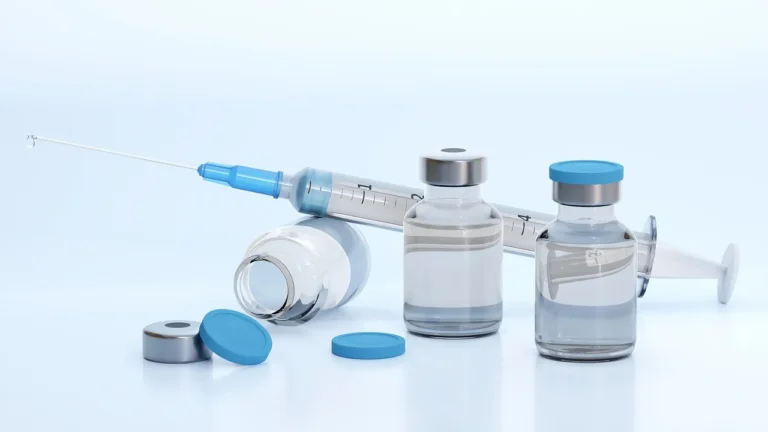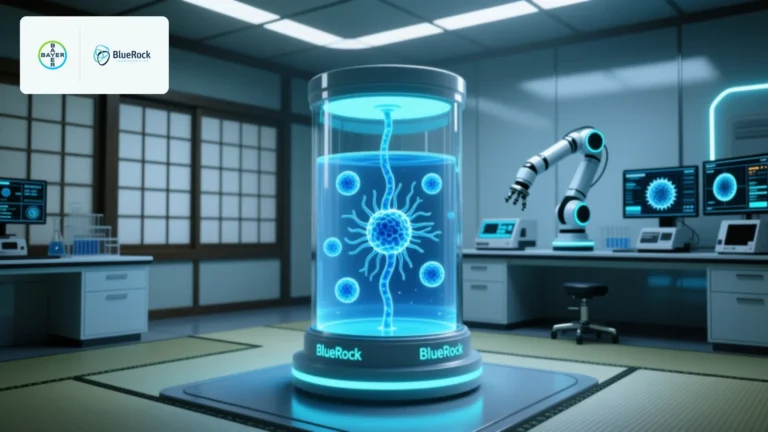
U.S. Vaccine Innovation at Risk: How Four Biotechs Are Being Squeezed by Shifting Policies, Funding Cuts, and Regulatory Changes
As the World Health Organization (WHO) sets a new course for global pandemic preparedness, efforts to develop next-generation COVID-19 vaccines in the United States face growing uncertainty. With major policy shifts, reduced federal funding, and changing regulatory frameworks, the path forward for early-stage biotech companies working on innovative vaccine candidates is becoming increasingly perilous.
While the WHO has recently adopted an agreement designed to streamline the global response to future pandemics, the U.S.—once a central pillar of the COVID-19 vaccine race—is pulling back from multilateral efforts. In parallel, the federal government has curtailed pandemic-related funding and is revising key regulatory expectations, sending shockwaves through the already-volatile biotech sector.
The message from federal agencies has been unambiguous. In March 2025, the U.S. Department of Health and Human Services (HHS) terminated $11.4 billion in COVID-19-related funding for the Centers for Disease Control and Prevention (CDC), effectively signaling the government’s belief that the pandemic is over. “The COVID-19 pandemic is over, and HHS will no longer waste billions of taxpayer dollars responding to a non-existent pandemic that Americans moved on from years ago,” HHS said in a statement at the time.
But while the acute phase of the pandemic may have passed, experts caution that the infrastructure built to fight COVID-19 is still urgently needed to counter future outbreaks—and that walking away now could come at a heavy price.
Vaccine Development in the Crosshairs
Historically, vaccine R&D has relied heavily on public-sector investment. Compared to treatments for chronic diseases or high-cost oncology drugs, vaccines have often been seen as lower-margin products, and many large pharmaceutical companies have deprioritized them. Instead, much of the innovation in vaccine science has come from university research labs and small biotech firms supported by government grants.
That model helped deliver multiple COVID-19 vaccines in record time. But today, with support evaporating, early-stage biotech firms working on novel vaccine platforms are feeling the strain.
According to Cheng Li, Director of Biotech Equity Research at Oppenheimer, cuts to public research funding and regulatory uncertainty are creating long-term risks that go beyond COVID-19. “If you have fewer dollars going to basic research, you’re going to have fewer breakthrough therapies in the next 10 years, and you will save fewer lives in the next 20 years,” he told BioSpace. “For vaccines, the cutting of funding or shifting the investment to more profitable areas maybe won’t have an immediate impact, but over the long term, I think it will have serious consequences.”
One of the most significant recent changes came from the U.S. Food and Drug Administration (FDA), which introduced a revised approval framework for COVID-19 vaccines. The new policy focuses on individuals aged 65 and older, as well as high-risk individuals between 6 months and 64 years of age. It also requires new placebo-controlled trials—an increasingly complex ask as widespread vaccination makes placebo-based comparisons more difficult to conduct.
Some scientists have voiced concern that such requirements are being driven more by political influence than scientific necessity. Paul Offit, director of the Vaccine Education Center at Children’s Hospital of Philadelphia, described the move in an interview with BioSpace as “anti-vaccine activism come to the policy side.”
Against this backdrop, several biotech companies working on next-generation COVID-19 vaccines have faced funding losses, delays in approvals, or program halts. Below, we explore four such companies whose vaccine development programs have been disrupted by the shifting federal landscape.
1. Vaxart: Promise in an Oral Pill, Paused by Politics
Vaxart, a California-based biotech, is developing VXA-CoV2-3.3, an oral COVID-19 vaccine that could dramatically simplify distribution and administration—especially useful in future pandemics when cold-chain infrastructure may be lacking. The company was in the midst of a Phase IIb clinical trial when, in February, HHS issued a stop-work order on a potential $453 million contract supporting the study.
The pause forced Vaxart to restructure, laying off approximately 10% of its workforce. In April, HHS lifted the stop-work order, allowing the trial to resume, but the disruption had already caused delays and raised concerns among investors.
Li emphasized the operational challenges such interruptions cause: “You need to get everything back on track—that means manufacturing the required doses, trial logistics, and recruitment. These setbacks can have ripple effects across the company’s entire pipeline.”
2. Novavax: A Market-Ready Vaccine, Mired in Uncertainty
Unlike Vaxart, Novavax’s Nuvaxovid—an updated protein-based COVID-19 vaccine—was not subject to halted funding. Instead, the Maryland company faced prolonged regulatory ambiguity. The FDA delayed its decision on full approval for the updated vaccine, ultimately granting it on May 16, more than six weeks after the expected decision date of April 1.
Speculation swirled around whether Novavax would be required to conduct another clinical trial before approval. In the end, the FDA imposed postmarketing requirements, including four follow-up studies. The vaccine was approved for use in seniors aged 65 and older and in at-risk adults aged 12 to 64—a narrower scope compared to Moderna’s and Pfizer/BioNTech’s vaccines.
Despite the uncertainty, Novavax reported a 610% increase in year-over-year sales, thanks largely to Nuvaxovid. Still, investor sentiment took a hit when questions were raised publicly about the vaccine’s efficacy, with shares dropping nearly 20% in April.
“Novavax is in a different situation because it has a billion-dollar market cap and a partnership with Sanofi,” Li said. “They’re in a stronger position than smaller vaccine makers who rely exclusively on government support.”
3. GeoVax: Ambitious Platform Meets Abrupt Funding Loss
GeoVax, a smaller biotech focused on multi-antigen vaccine strategies, lost a key funding agreement last month when BARDA (Biomedical Advanced Research and Development Authority) terminated support for its GEO-CM04S1 candidate. The Phase IIb trial had been receiving under $750,000 per year in federal funds.
David Dodd, GeoVax’s CEO, said the company assumes the contract was ended as part of the government’s broader “efficiency” drive under the new administration. Despite the loss, he told BioSpace that the trial will continue using alternative sources of capital.
GeoVax’s platform had been considered promising due to its approach of targeting multiple antigens, which could offer broader protection against variants and potentially yield longer-lasting immunity.
4. CastleVax: A Nasal Spray with No Federal Backing
CastleVax, a Mount Sinai spin-out, is developing NDV-HXP-S, an intranasal COVID-19 vaccine. This innovative format could deliver immunity directly to the respiratory tract, providing a first line of defense where the virus enters the body.
BARDA had pledged up to $338 million to fund a Phase IIb efficacy study. However, the trial had yet to begin when CastleVax received a stop-work order, effectively ending its federal support. CEO Michael Egan told Endpoints News that the company will proceed with a smaller trial using internal funds or new investors.
Li warned that such funding reversals create deep skepticism among private investors: “When you have fewer investments in early research or platform innovations, you are less likely to have really novel and groundbreaking technology. Likewise, if you can’t raise money, you can’t run a global trial.”
A Shaky Future for Pandemic Preparedness
Taken together, these stories paint a sobering picture. While the U.S. leads the world in biomedical innovation, its retreat from coordinated pandemic response and early-stage vaccine R&D could have far-reaching consequences. Biotechs developing innovative platforms are already struggling, and the risk is that the next global outbreak will meet a slower, less agile scientific response.
“It’s becoming a negative feedback loop,” Li said. “Market conditions and political decisions filter down to the scientific and operational levels. You might have a great candidate, but not if you can’t afford to take it forward.”
As public attention moves on from COVID-19, the biotech industry faces a reckoning: without sustained support and coherent regulatory guidance, the tools to fight tomorrow’s pandemics may never make it off the drawing board.





